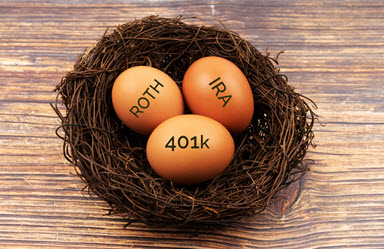Bull markets are the happy times.
For investors, those periods of extended market increases could mean new investment opportunities, S&P 500 surges, and favorable returns for those who make the right buying and selling decisions.
And more often than not, bull markets are the Wall Street status quo. Over the nearly 100-year history of the S&P 500 Index, bull markets have ruled the day for almost 90% of the past century.
But what about that other 10%? When securities prices tumble 20% or more for over two months, we’re officially in a bear market. While bull markets generally last over 6.5 years with average cumulative returns of almost 340%, bear markets usually last less than 18 months – but have seen average cumulative losses of nearly 40% for stricken investors.
And once again, storm clouds are gathering. The more than decade-long bull market following the 2008 financial crisis is considered by many to be over. While a one-month bear market in early 2020 reversed course quickly, the current bear market that began in June 2022 seems poised to stay a while.
While the two prolonged bear markets since 2000 lasted almost 2.5 and 1.5 years respectively, the unique conditions surrounding this current downturn – including high inflation, interest rate hikes, international strife, and fear of an oncoming recession – make predicting how long it will last virtually impossible.
Yet despite that grim outlook, bear markets are no time for panic.
While we don’t know when the current bearishness will specifically end, we do know that eventually it will improve. Every bear market of the past century has been followed by another bull run, sometimes even sending stock indexes to new highs. So rest assured … the sun will eventually rise again.
A bear market also doesn’t mean it’s time to pull your money out of your portfolio. It does, however, mean investors should be more careful about the choices they make while navigating these choppy waters.




